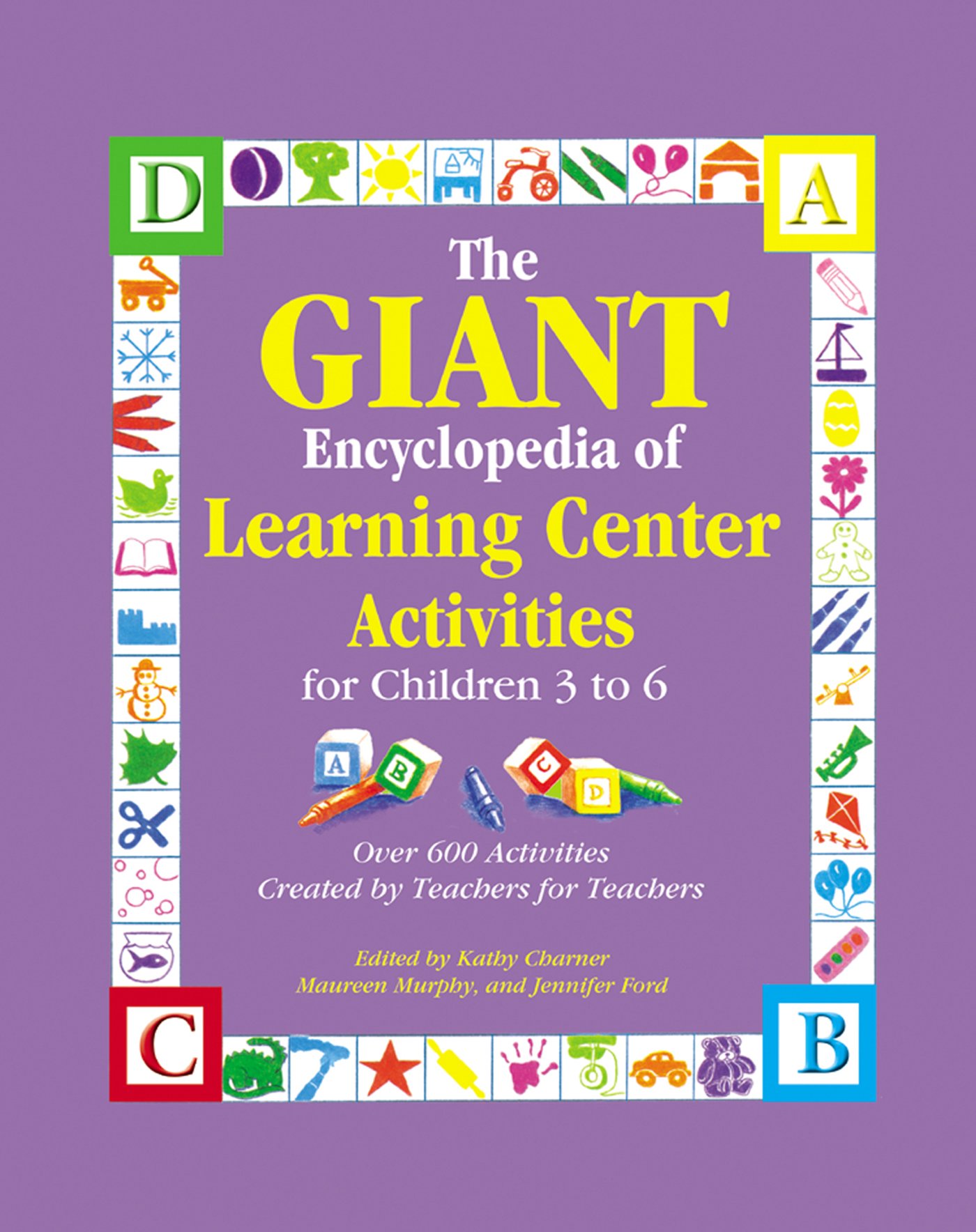Materials
- Graph paper
- Markers
- Pet beds
- Pet bowls
- Dry dog and cat food
- Leashes
- Large variety of stuffed animals (such as cats, dogs, fish, lizards, turtles, and snakes)
- Feeder goldfish (cheap at your local pet store)
- Fish food
- A variety of plastic pets (such as lizards, snakes, and turtles)
- Collage materials (fake fur, plastic scraps, fabric scraps, yarn, and leather scraps)
Instructions
- Ask the children if they have any pets at home. Let each child tell about his pet (or a pet of a neighbor or relative). Make a graph of the results.
- Turn your classroom into a "pet paradise."
- Add pet carriers, bowls, food, pet beds, and leashes to the house area. Encourage the children to take care of the stuffed pets by feeding them, bathing them, and walking them.
- Thoroughly clean the sensory table. Fill it half full with water and let it sit for one day. Add "feeder" goldfish. Encourage the children to observe the fish, but remind them to keep the fish in the water. Assign one child each day to be the "fish feeder." Add a plastic sand-filled basin. The top of the basin should be just above the water level. Put plastic lizards and turtles in the basin.
- Encourage the children to use the science area materials to explore the pets. They can use magnifying glasses to get a close-up view of the goldfish, and scales to weigh the animals.
- Add animal books to the reading area and encourage the children to look at them.
- Put a variety of materials (such as fake fur, plastic, yarn, felt, fabric, and so on) in the Art Station for children to make collages and sculptures of their pets.
- At the end of the day, discuss what they learned about pet care.
Instructions
1. Send children on a hunt for rhyming words with this center.
2. Write the activity title on a piece of 8 1/2 " x 11" tagboard paper (for example,
"Searching for Rhyming Pairs"). Write the directions underneath: "Place cards
on the word wall to make rhyming pairs." Glue a detective picture to it.
3. Find 20 pictures of rhyming objects. Enlarge, if necessary, so that they are
about 3" in size.
4. Use scissors or a paper cutter to cut the objects to fit into the pocket charts.
5. Laminate the title card and picture cards for durability and cut them out.
6. Hang the pocket charts at children's eye level and gather the children
around the charts.
7. Insert the title card into the top pocket of the chart. Put half of the cards in
the chart, leaving empty pockets for their mates. Pass out the remaining
cards and discuss the pictures in the chart. Ask the children if anyone has
found a rhyming pair.
8. Continue until all pairs have been made.
9. For added fun, make a file jacket with an answer key (colored picture or scan
of completed pocket chart) on the back. Use it to store the activity and for
children to self-check their work in this center.
